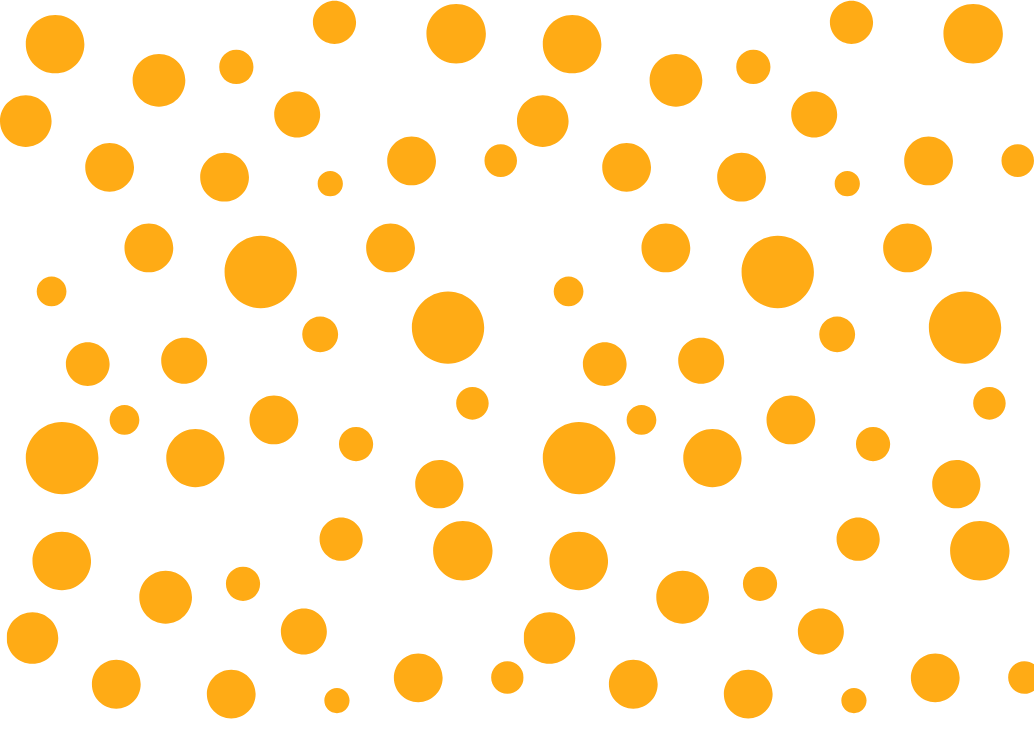Whether you are taking Guitar music lessons, Bass lessons, or Ukulele lessons, in your music school, tuning can seem like a stressful and tedious task to complete, leaving you confused and frustrated. But why is tuning so important anyway? And how can we avoid the headache that goes along with it? In this article we’ll explore the concept of tuning, how it varies between different stringed instruments, as well as how we can make it as simple as possible. Removing the pain, and maybe even helping you build a deeper connection to your instrument.
The idea of tuning is relatively simple. With stringed instruments, we’re dealing with steel or nylon strings under very high amounts of pressure. Strings need to be stretched very tightly in order to produce musical notes, and over time these strings can lose their tension. Causing them to go “out of tune”. Basically, this just means that when we pluck the string, it’s no longer producing the desired pitch. In drastic cases, this may mean our string is producing an entirely different note, or more subtly, it may just be slightly off pitch. Using the tuning pegs of our instrument, we can fairly easily correct this.
When does your Guitar need tuning during your music classes?
But how do we know when our instrument needs tuning? Well, the first step would be to use your ears! Try playing a chord you know or a short melodic passage, does anything sound strange? As long as you’re playing all the right notes, your chords and phrases should generally sound fairly pleasant. If it sounds a little more like noise than music, then it may be time for some tuning! If you’re not totally sure whether you’re out of tune or not, then you could also make use of a tuner to know for sure.
Whether you could check your tuning by ear or not, we’ll still likely need a tuner to do the actual “tuning part”. Today there are many different types of tuners available. There are clip-on digital tuners that will generally work on any stringed instrument. There are “pedal” tuners that will plug into an electric guitar or bass, and finally there are also many tuning apps that you can get on your phone or computer. Some of these apps are even free! The apps are generally a great place to start, although they’re much easier to find for guitar than for bass or ukulele. It’s also possible your instrument came with a clip-on tuner already. Many starter packages will often include a tuner, since they’re so essential.
Perfect way to tune for Guitar, Bass or Ukulele Music Lessons
Regardless of which kind of tuner you choose, the basic concept is still the same. The tuner will show us how off pitch we are, and then using our tuning pegs we can adjust to the proper pitch. To start, make sure you know what note each string is supposed to produce. For guitar lessons Toronto, your strings (from top to bottom) should be tuned to E, A, D, G, B, E. On bass, it would be just E, A, D, G. Finally, on a Ukulele (from top to bottom) the notes would be G, C, E, A.
Some tuners are chromatic, meaning they can tune to literally any desired note. While others have set notes that they tune to. Chromatic tuners can be used on any stringed instrument, but if your tuner has set notes, make sure they’re the right notes for your instrument!
To begin tuning, start by plucking one of your strings without placing your fingers on the frets. Your tuner should register the note you’ve played and display it, as well as show if the note is below or above the desired pitch and by how much. If the note you’ve played is perfectly in tune, the tuner may light up green or show arrows on both sides of the letter. In this case you’re good to go! If not, the tuner may show arrows or lines on one side of the note, maybe even multiple arrows. If these arrows/lines are below or to the left if the letter, this means the note is “flat” (too low). If they are above or to the right of the letter means the note is sharp (too high).
Now that you know which strings are out of tune, it’s time to tune them! Your tuning pegs are located on the headstock of your instrument. They may be split evenly on both sides of the headstock, or they may be all lined up on one side. Your first mission is to locate the peg that connects to the string you’ve plucked. Try following the string all the way down the neck to see where it connects. Once you’ve found the peg, it’s time to start turning it.
Not all instruments have the same turning direction to tighten or loosen. The best strategy is to turn the peg a little, and see if it’s made the pitch lower or higher. Remember to keep plucking the string while tuning to see how it’s been affected. Once you’ve found the right direction, keep turning until your tuner shows the pitch is correct. Remember to adjust small amounts at a time, there’s nothing worse than over tightening a string and having it snap.
Now repeat these steps until you have each string in tune. At first it may take you a few minutes or more to complete during your music classes, but with practice over time, you’ll be able to effectively tune your instrument in a minute or less. Remember, tuning can be intimidating, but it doesn’t need to be! Just take your time and be patient. Your instrument will thank you!
Tuning Stringed Instruments in your Music Classes – Elite Music, Toronto









